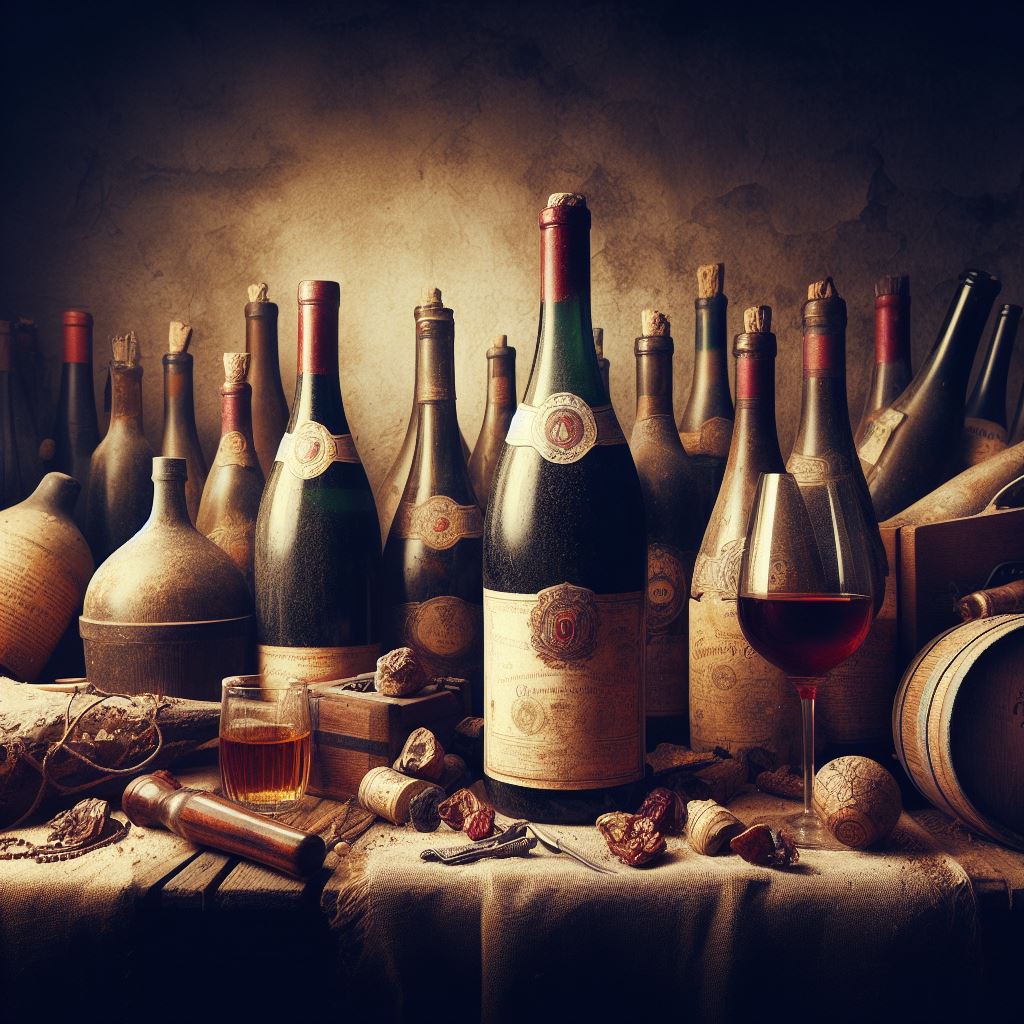- Wine Color/Type
- Top Occasions
- Unique Wines
- Surprise Me!
It's All About the Vintage - Part 3-1 Burgundy
The Importance of the Vintage
In the vast and varied world of wines, few regions hold the mystique and reverence that Burgundy does. Located in the eastern part of France, Burgundy is not just a wine region—it's an emotion, a journey into the soul of viticulture. Here, the concept of vintage takes on a particularly profound significance, shaping the narrative of every bottle and determining the nuances of each sip.
Find the first part of this series here!
Some iconic vintages are eternal. (Credit: DallE)
Why are Vintages so crucial in Burgundy?
At its heart, Burgundy is a patchwork of 'terroirs,' each with its unique soil composition, microclimate, and topography. The region's primary grape varieties, Pinot Noir for reds and Chardonnay for whites, are notably transparent to where they are grown, acting as a lens magnifying the slightest variations in terroir and climatic conditions. In Burgundy, the vintage doesn't just denote the year of production—it captures a specific time and place, and the myriad conditions that influenced the vine during its growth cycle.
In some wine regions, consistent climates or winemaking techniques can minimize the differences between vintages. But in Burgundy, nature is in command. A rainy spring, a hot summer, a sudden frost—they all leave an indelible mark on the wine. Hence, understanding vintages here is essential for any wine lover, as it provides insight into the taste, aging potential, and unique characteristics of the wine.
However, it's important to acknowledge that Burgundy also produces Crémant. In lesser years, the colder conditions contribute to a higher quality sparkling wine. Although it represents only a fraction of the total production volume, demand is growing strongly. In the past, only the lesser vineyards were used to produce this sparkling wine to achieve a return on investment based on the property value. Today, vines are planted and nurtured with the aim of producing the highest quality Crémant possible.
Burgundy is one of the most complex wine regions. To comprehensively address the vintages, two more articles will cover this dynamic region. The next piece will discuss the best vintages of Burgundy, while the third will address the lesser vintages. Stay tuned!
Peter Douglas
Latest articles

